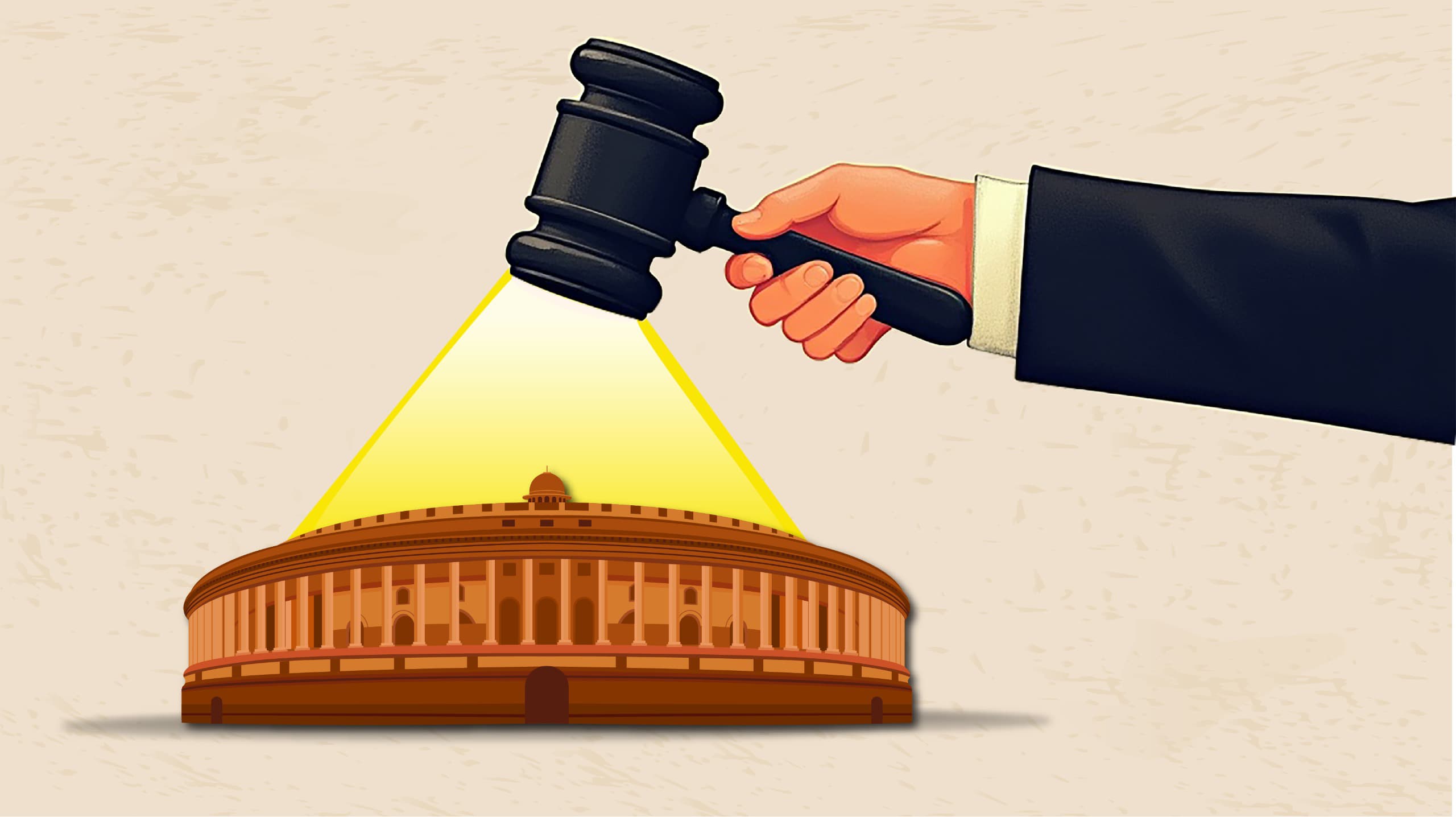India’s federal structure is built upon a finely balanced distribution of powers between the Centre and the States, ensuring both unity and regional autonomy. While the Constitution delineates legislative and executive powers through the Union, State, and Concurrent Lists. But the political differences—particularly when rival parties govern at the Centre and in a State—often lead to institutional friction. A recent flashpoint of such tension emerged in Tamil Nadu, where the Governor withheld several bills passed by the democratically elected State Government, raising serious concerns about the constitutional role of Governors and the erosion of cooperative federalism. This incident leads the way for the presidential reference.
The Presidential Reference under Article 143 of the Indian Constitution serves as a vital instrument enabling the President to seek the advisory opinion of the Supreme Court on questions of law or matters of public importance. This mechanism reflects India’s constitutional architecture, where the doctrine of separation of powers and a system of checks and balances preserve institutional harmony. While the legislature, executive, and judiciary operate independently, the provision for consultation between the executive and judiciary ensures coordinated governance. In this framework, President Droupadi Murmu’s invocation of Article 143 in May 2025 is both a constitutional exercise and a moment of institutional introspection, raising pivotal concerns regarding the balance of powers.
The current reference by President Murmu stems from a dispute in Tamil Nadu, where Governor R.N. Ravi withheld assent to ten bills passed by the elected state government and reserved some for Presidential consideration. When the matter reached the Supreme Court, it ruled that the Governor’s actions were “illegal and erroneous.” Exercising its powers under Article 142, the Court granted “deemed assent” to the bills and laid down a timeframe for the assent process. It ruled that both Governors and the President must act on bills within a reasonable period, prescribing a three-month deadline for the President to decide on legislation reserved under Article 201.
While the ruling was applauded by some as a necessary check on executive discretion, it sparked intense debate. The major point of contention was the Court’s imposition of timelines on the President, a move critics argue contradicts the discretionary authority granted under Article 201. Moreover, the notion of “deemed assent”—introduced by the judiciary without textual backing in the Constitution—was viewed as an overreach into the executive domain.
In response to these developments, President Murmu raised fourteen constitutional questions before the Supreme Court through the presidential reference mechanism. Among the key queries were:
- Can the judiciary impose deadlines on constitutional authorities like the President and Governors when the Constitution remains silent on such limits?
- Is the concept of “deemed assent” legally tenable?
- Can judicial directives limit executive discretion under Articles 200 and 201?
- Do such directions infringe upon the principles of federalism and separation of powers?
These questions reflect the President’s concern that the Court’s interpretation could unsettle the delicate balance between constitutional functionaries and blur the demarcation of their respective roles. The Court’s directions, while intended to ensure accountability, have raised alarms over potential judicial legislation and the erosion of executive autonomy. Scholars argue that inserting timelines where the Constitution provides none, and reading in doctrines like deemed assent, sets a precedent that may embolden judicial encroachment into legislative or executive territory.
Additionally, from a federal perspective, compelling the President or Governors to adhere to judicially imposed deadlines could undermine state autonomy and strain center-state relations. It is argued that such interventions dilute the federal spirit by centralizing procedural mandates that were intended to be discretionary.
President Murmu’s decision to trigger a constitutional reference is a critical institutional moment. It seeks clarification on the scope and limits of judicial interpretation, particularly when it intersects with executive discretion. While the judiciary plays an indispensable role in preserving constitutional values, this episode emphasizes the importance of institutional self-restraint and mutual respect among the three branches of government.
Although the case is pending in the Supreme Court but the advice rendered by the Supreme Court under Article 143 is not binding, but it often carries significant weight in shaping constitutional jurisprudence. Since 1950, this advisory jurisdiction has been invoked fifteen times. Notably, in 1993, the Supreme Court declined to respond to the reference in the Ram Janmabhoomi–Babri Masjid dispute, citing the secular fabric of the Constitution as a reason to refrain from offering an opinion. Such instances underscore that the Court exercises this jurisdiction with restraint, stepping in only when legal clarity is imperative.
The Supreme Court judgment will have far-reaching implications for the interpretation of Articles 200 and 201 and the broader balance of power in India’s constitutional scheme. It will serve not only to resolve a pressing constitutional dilemma but also to reaffirm the foundational principle that no branch of government operates in isolation or excess. In a democracy grounded in accountability and cooperation, this moment calls for introspection, clarity, and a renewed commitment to the spirit of the Constitution—a spirit that values dialogue over dominance, and balance over unilateral assertion.


Leave a Reply